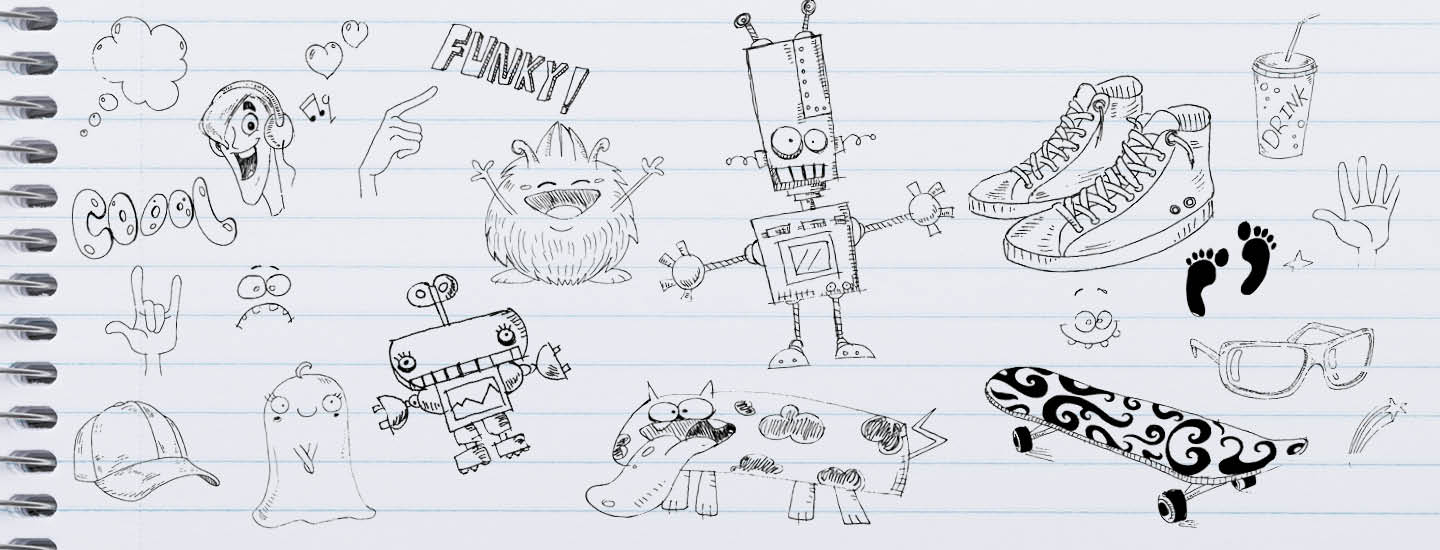Picture this: The year is 1988. President Ronald Reagan sits at his desk in the Oval Office. When he picks up his pen, he has extraordinary powers.
He can sign a bill to make it a law.
He can send U.S. troops into battle.
Or . . . he can doodle little horses and cowboy hats during a long, boring meeting.
Reagan was famous for scribbling little drawings, and he’s not alone. More than half of U.S. presidents have doodled. Big people in business, like Apple founder Steve Jobs, have done it too. How did these powerful people get away with zoning out? Isn’t it their job to pay attention?
As it turns out, doodling might have helped them do exactly that. It might help you too.
Picture this: The year is 1988. President Ronald Reagan sits at his desk in the Oval Office. When he picks up his pen, he has great powers.
He can sign a bill to make it a law.
He can send U.S. troops into battle.
Or . . . he can doodle little horses and cowboy hats during a long, dull meeting.
Reagan was known for his little drawings. And he’s not alone. More than half of U.S. presidents have doodled. So have big people in business, like Apple founder Steve Jobs. How did these people get away with zoning out? Didn’t they need to pay attention?
As it turns out, doodling might have helped them do that. It might help you too.
Picture this: The year is 1988, and President Ronald Reagan is seated at his desk in the Oval Office. When he picks up his pen, Reagan has extraordinary powers.
He can sign a bill to make it a law.
He can send U.S. troops into battle.
Or . . . he can doodle little horses and cowboy hats during a long, boring meeting.
Reagan was famous for scribbling little drawings, and he’s not alone. More than half of U.S. presidents have doodled—and so have important people in business, like Apple founder Steve Jobs. How did these powerful people get away with zoning out? Isn’t it their job to pay attention?
Actually, doodling might have helped them do exactly that—and it might help you too.

